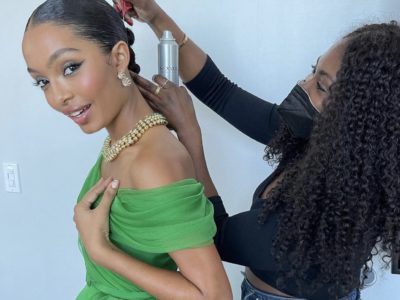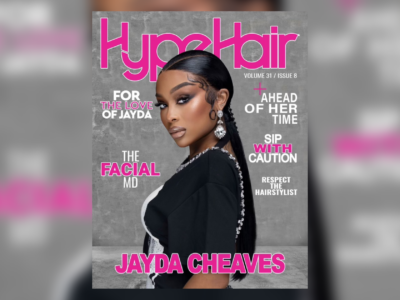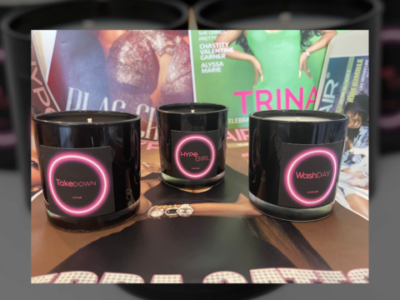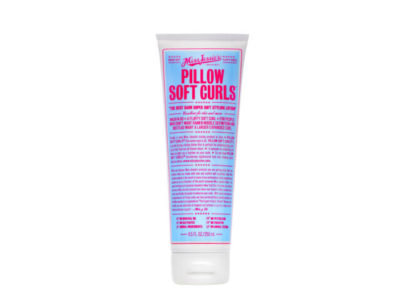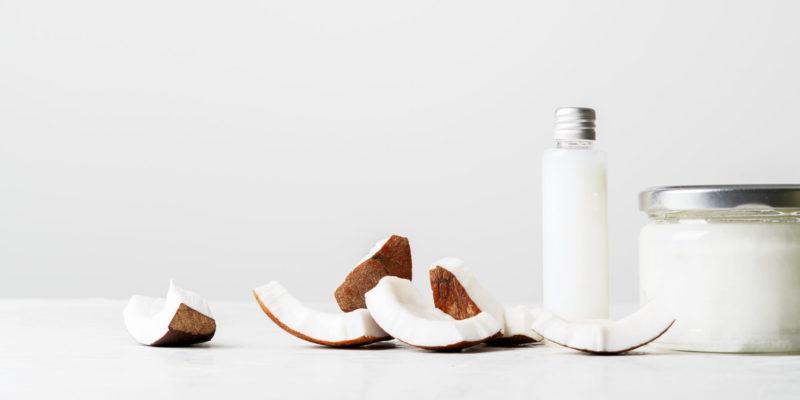
By Choya Randolph
I love winter. With the snow, decorations, and gifts, it truly does feel like the most wonderful time of the year. But you know what isn’t wonderful? Dry hair. Keeping my coils hydrated during the winter is imperative to my crown’s health. So I decided to do my own research to boost my hair’s moisture.
I stumbled on hair butters. When I think of hair butters, I think of super thick hair creams. I already have a go-to cream that I ain’t letting go of anytime soon so I never thought to give hair butters a try. But with winter beating my hair up, I began to wonder if hair butters can do a better job at keeping my hair moisturized during the winter than my cream.
Hair butters and creams have a lot in common. They tend to have the same ingredients. The main difference is that hair creams usually have water as an ingredient and hair butters do not. Water gives the cream a creamier consistency that makes it easier to apply. Hair butters live up to its name by having the same consistency of actual butter. Hair butters can be thicker than Megan Thee Stallion and I ain’t got time for alladat. It’s winter and I do not feel like warming up my hair butter because it has solidified. This makes me want to stick to my cream.
Here’s the thing, though creams and butters have similarities, hair butters are not a replacement for your cream when doing the LOC method. For those who aren’t familiar with the LOC method, it’s an ideal way for naturals to moisturize our hair. It’s an acronym that stands for liquid, cream, and oil. The acronym also represents the order you use your products which means using a leave-in conditioner, cream, then an oil. Hair butters are a blend of oils and unrefined butters. The ingredients can be as simple as avocado oil and shea butter.
So if hair butters are waterless and made up of only oils and butters, that means it doesn’t do what a cream does but what an oil does. This means that hair butters shouldn’t be a cream alternative but an oil alternative. When doing the LOC method, the cream is meant to prevent moisture loss and provide hair definition. Some creams can even give our curls some hold. Oils are sealants meant to lock in the moisture in our hair. So the real question isn’t hair creams versus hair butters but hair butters versus oils.
With it being colder, retaining moisture is the goal which means hair butters may take the cake this season. When doing the LOC method, many of us are light-handed with our go-to oil. We also use very light oils because who wants oily hair? Hair butters can go the extra mile because it’s more than just an oil but a butter as well. Its thick consistency can give your hair a much needed boost this winter.
Hair butters can not only seal in your moisture but also prevent breakage. Similar to coconut oil, hair butters solidify so if your apartment is freezing, you may have to warm up your hair butter in the microwave. If you’re lazy like me, you can rub it in your hands to warm it up. You can buy your own hair butter but they’re quite easy to make since they only require oil and unrefined butter. The only con is that it’s thick consistency can weigh your hair down and lead to product build up so be mindful of how much you put in your hair.
If you have high porosity hair or damaged hair, you may want to incorporate hair butters into your hair care routine. If you’re like me, you’ll just use hair butters during the winter when your hair needs a little more help at retaining moisture.

